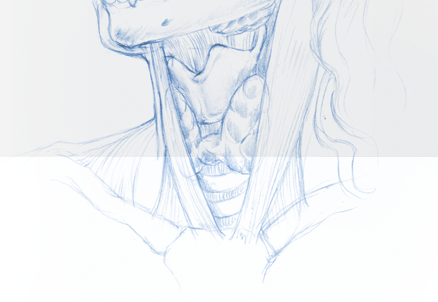Minimally invasive surgical applications for head and neck and thyroid diseases are giving people more options.
- By: Adam Jacobson, MD
- July 18, 2012 in For Patients, For Physicians
In the late 1990’s head and neck surgeons began developing techniques for endoscopically removing the thyroid and parathyroid glands. More recently, surgeons in Italy developed the video-assisted approach to the thyroid and parathyroid glands. This technique allows for a significantly shorter incision length (typically around 2 centimeters vs 6 centimeters for a conventional thyroidectomy). Many patients report reduced post-operative pain and a faster recovery time.
Patients with cancer of the upper aerodigestive tract have a minimally invasive treatment option for this disease called Transoral Robotic Surgery (TORS). TORS is performed through the mouth and therefore requires no incisions. It offers an alternative to traditional open surgery, which requires cutting through the throat and jaw and can cause complications such as permanent disfigurement, a loss of voice and difficulty eating, speaking and swallowing.
For the physician, TORS offers several advantages over conventional trans-oral laser surgery including the elimination of the restrictions associated with the endoscope, a three-dimensional panoramic view of the operative field and an enhanced precision and accuracy of movement. TORS recently became an FDA approved technique for the management of oropharyngeal, hypopharyngeal, and laryngeal cancers.

